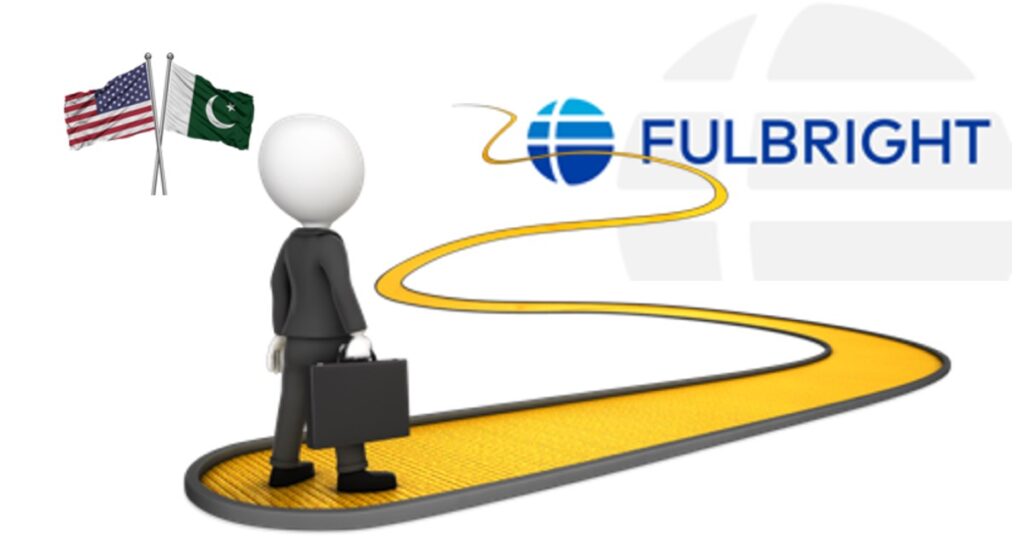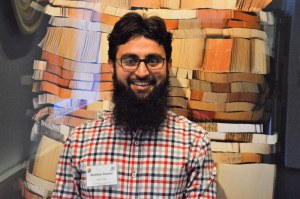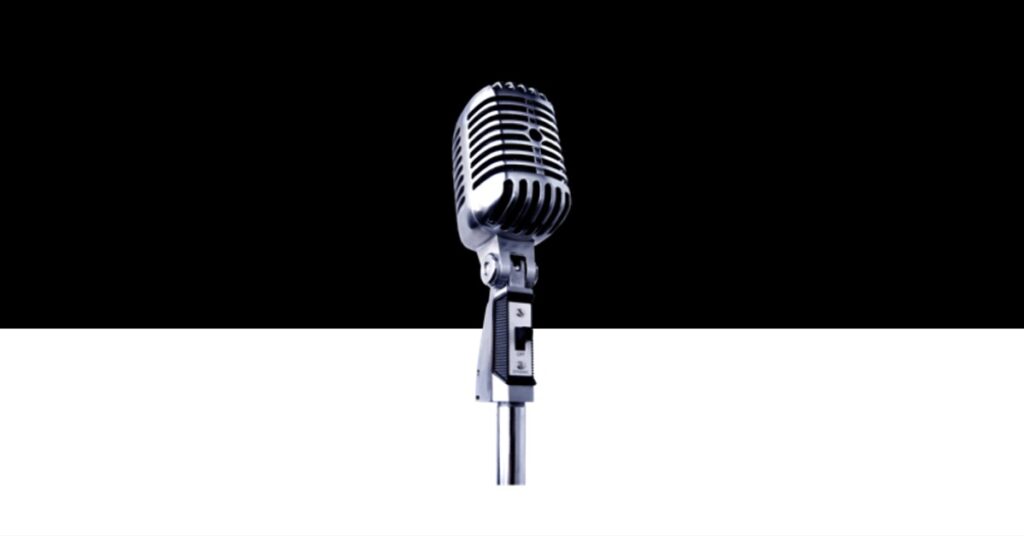
Jump to:
Who am I?
“I have no special talents, I am only passionately curious”, once quoted by Albert Einstein, it represents myself. I believe my inquisitiveness has shaped my life straight from my childhood age till now and made me what I am – an explorer of medical physics.
In a formal capacity, I introduce myself as Shahbaz Ahmed, and I am a Ph.D. fellow in medical physics at Wayne State University in Detroit, MI, USA. Further, I am a Fulbright scholar, a freelance consultant, a husband, and a father of two beautiful kids.

What are my hobbies and interests?
Since my childhood, I have been keen on learning how things work. I was later informed by my parents how many gadgets were victims of this curiosity. As a grown-up man now, my hobbies include tourism, exploration, networking, internet surfing, blogging, and freelance writing. One of my recent blog articles is about being a jack of all trades.
I like to travel, make new friends, strengthen existing relations, take a median approach, and adopt a simple lifestyle. My interests further include parenting, making other’s lives easy, and trying perfection where I can.
How has my life been until now?
It has been amazing so far. I was raised in a village with a school capped at primary education. Since then, I have been traveling for quite some time with my entire family, in the quest for knowledge.
The journey includes pedaling to high school at 10 kilometers; shifting to another city for a higher education college another 100 km away; staying at the farthest ends of the country during undergrad and masters, and finally to the other side of the globe – the United States, as a Fulbright scholar.
How do my friends and people around me find me as a person?
To share a few memories from my academic history, my fellows identify me as a gesticulator. That’s because I was found utilizing body movements for fathoming out the most involved scientific concepts.
During my undergrad, people around me spotted me as inquisitive – querying about every single concept thrown by the instructors and taking nothing for granted. During my master’s, I was spotted as an excited particle. Among the cohort of Fulbright scholar, I am known as the happiest Ph.D. student. My freelance career has made me a jack of all trades, a master of quite-a-few.
How did I step into physics?
I found ‘Physics’ to be a cure for my curiosity while attending a summer camp soon after giving my higher secondary exams. It was a crash camp for entrance test preparation. I have been blessed with great physics and mathematics teachers.
It is rightly said that teachers can inspire you to decide on your career path. Mentored by great teachers during school, high school, and college, my interest in practical physics was galvanized. This led me to enroll in the undergraduate program at The Islamia University of Bahawalpur (IUB) with a major in physics.
How did I choose ‘Medical Physics’ as a specialty?
Until my undergrad, I had witnessed many clinics through personal interactions and met several patients narrating their experiences. I realized that there is a lot of scientific work to be done for an accurate diagnosis as well as for a personalized, precise, and accurate treatment.
When I was selected for a fellowship toward a master’s degree at the Pakistan Institute of Engineering and Applied Sciences (PIEAS), I opted for medical physics. PIEAS is better known as MIT of Pakistan; the coursework there exposed me to multiple areas of scientific thinking – medicine, engineering, sciences, and technology.
This exposure ranged from the basic concepts in anatomy and physiology to the finest details of radiotherapy and radiology equipment. Further, I was attached to Aga Khan University Hospital (AKUH) for my two semesters of attachment for research and clinical training.
While at AKUH, seeing cancer patients in a clinical environment with high ethical standards transformed me, from being a student to a professional. The experience at PIEAS and AKUH was life-changing for me, I believe. This made my entry into Wayne State’s medical physics program possible.
As a medical physicist, what do I like to do the most?
I am a teacher because of my attitude and passion. I started teaching while I was still in my undergraduate program. Since then, I have taught at all audience levels (kindergarten to graduates as well as professionals. I worked at a telesales call center and was promoted to trainer based on my performance and aptitude.
Likewise, my teachers at PIEAS found a university lecturer in me and I was offered a faculty position at PIEAS. After teaching there for two and a half years, I embarked on my doctoral journey to enhance my knowledge and build skills so that I can be a good teacher.
Right now, I am a learner of the psychology of learning, how the brain works, and how can we adapt teaching styles for fulfilling individual personal needs?
How was I introduced to the Fulbright program?
While at PIEAS, I was introduced to the U.S. Educational Foundation in Pakistan (USEFP). The foundation arranged a workshop at PIEAS for an introduction to the Fulbright Scholarship Program and the graduate record examination (GRE).
I took the Fulbright as more than a mere scholarship. Being a Fulbright scholar provides you an opportunity to serve as a cultural exchange ambassador alongside your studies. Moreover, admission to an appropriate program in the U.S. is taken care of professionally.
Compared to my friends who applied directly to the universities, the placement process saved me (and all other Fulbright scholars) from the hassle of choosing, applying, and corresponding with the schools of my interest.
How was the Fulbright application process for me?
I wanted to apply for admission to doctoral programs right after my master’s. North America was my dream destination for pursuing doctoral studies. The inspiration was my teachers and colleagues at PIEAS and AKUH who have completed their terminal degrees in North America. They were amazing. Besides an excellent academic career, I found them happy, enthusiastic, and positive.
I knew that standardized exam scores were a prerequisite for most of the academic medical physics programs in North America. My financial status right after my master’s did not allow me to appear for GRE and TOEFL. USEFP spared me from the burden of hefty fees for the GRE.
It started with a workshop by them where a mock GRE test was arranged for the participants. Top performers in the mock test were given vouchers to take the actual test for free. Luckily, I was among the luckiest and I got GRE scores with a reasonably good percentile on my record.
Having GRE in hand served as a booster for me to apply for the Fulbright scholarship in the immediately available application cycle. I have been working on my application material (personal statements, degree attestations, etc.). So, I applied with full confidence and was selected as a principal candidate.
How was my admission process through Fulbright?
The real story starts right after the selection for the scholarship; an intensely prolonged waiting period welcomes you. It induces patience in your personality; moreover, interactions with other grantees and get-togethers are greatly helpful in coping with the waiting period until you land in the US.
Fulbright’s application includes preferences for educational programs. The USEFP / Fulbright program partners with the Institute of International Education (IIE) to submit admission applications on behalf of Fulbright scholars. I got accepted to the medical physics program at Wayne State University. The program is a well-established, highly recognized graduate program in North America.
How was my life in the US?
Life in the US during the first semester is a challenge coupled with life-long learning, especially for those who have never even visited abroad, like me. I was able to adjust in about a year. Moving on, I enjoyed my experience as a Fulbright scholar in the US for four years. Some of my photographs are shared below representing my American experience.
I was also interviewed by Christopher Wurst, from the Bureau of Educational and Cultural Affairs, the Department of State, USA. The podcast is embedded below if you are interested in hearing about me.
As a Fulbright scholar, I visited close to 20 states in the US during my stay and wanted to explore the rest. However, everything changed during the pandemic. In mid-2021, I moved back to Pakistan to live with my family. I am in the fifth year of my Ph.D. now, working remotely on my dissertation. I intend to research optimal solutions to improve radiotherapy treatments for cancer patients.
What long-term plans do I have in my life?
In the long run, specifically after my doctorate, my goal is to play my role as a technology entrepreneur and join a scientific laboratory or clinic as my office. Through the laboratory, I aim at promoting research and development in the field of medical physics and with a particular focus on the applicability of new technologies in developing countries.
As a Fulbright scholar, I will keep promoting cultural exchange, harmony, and peace-building. Furthermore, I stand up to raise awareness about different issues including academia-industry linkage, entrepreneurship, career counseling, and information sharing. I plan to continue to do these so that we, as humans, can rise together!
Do you want to share your story? You don’t have to be Fulbright Scholar
You don’t need to be a Fulbright Scholar (or a Scientist) to share your story; you are great in whatever capacity you work or learn. Please contact us at [email protected] if you have a story to share about yourself or someone else.
